I did this for another forum. Enjoy and share your thoughts/experiences.
I use and have used many medias for my bio-active enclosures. I'll start by explaing a little bit about what bio-active means.
Bio-active is basically an enclosure that is alive for the purpose of consuming waste to feed plants. Plants help to create a more healthy environment. When you have a truly bio-active environment, you have several species of bugs that break down urates and feces, eliminating any bad chemicals that these materials create. When urates and feces are broken down, you have an environment that does not create foul smells and does not create exposures to unhealthy chemicals such as amonia and nitrates. Plants create oxygen which helps keep an isolated environment from getting stale.
You can decide what plants to add to your vivarium based on what region your reptile is from. If you need a little more help, there's a great list of plants by species here:
Vivarium Plants
For bugs, I usually use a combination. I have found that works best, since each species I use has a little bit of a different function. Springtails are a light brown in color. They tackle waste above the substrate, along with leftover food, and anything else you don't want polluting your enclosure. Springtails can be brought in from outside in leaf litter, on wood, or dirt. You can also purchase a colony or two here:
Springtail Starter Culture
Another very efficiant cleaner bug is the night crawler. These will clean up anything in the substrate itself. I purchase these at bait stores, or you can dig them up yourself.
Then there are wood mites and isopods. I've only just experimented with isopods, so I don't really have anything to report about them. I got my wood mites on wood from outside, and in bags of cypress bedding. They are very tiny, and will appear white or light gray. They don't do as much as the springtails do, but they will help to clean up. They also keep your wood healthy.
While it's okay to stock your enclosure with bugs that your animals will eat, it's important to make sure that there are other bugs in there that your animal doesn't eat to be sure your eco-system remains runing smoothly. Small animals eat springtails and wood mites, larger animals will eat worms and isopods.
Now that we've gotten a crash course on bio-active, I'll talk about the subject of this thread: the substrate.
There is a plethora of different substrates you can use to create a bio-active enclosure. The type of substrate depends on what animals and plants you want to add, and the needs of those animals and plants as far as humidity goes. You may also need to consider what substrate best holds burrows, as a lot of reptiles need to burrow to survive. Here are some of the substrates that I have experience with.
Eco Earth
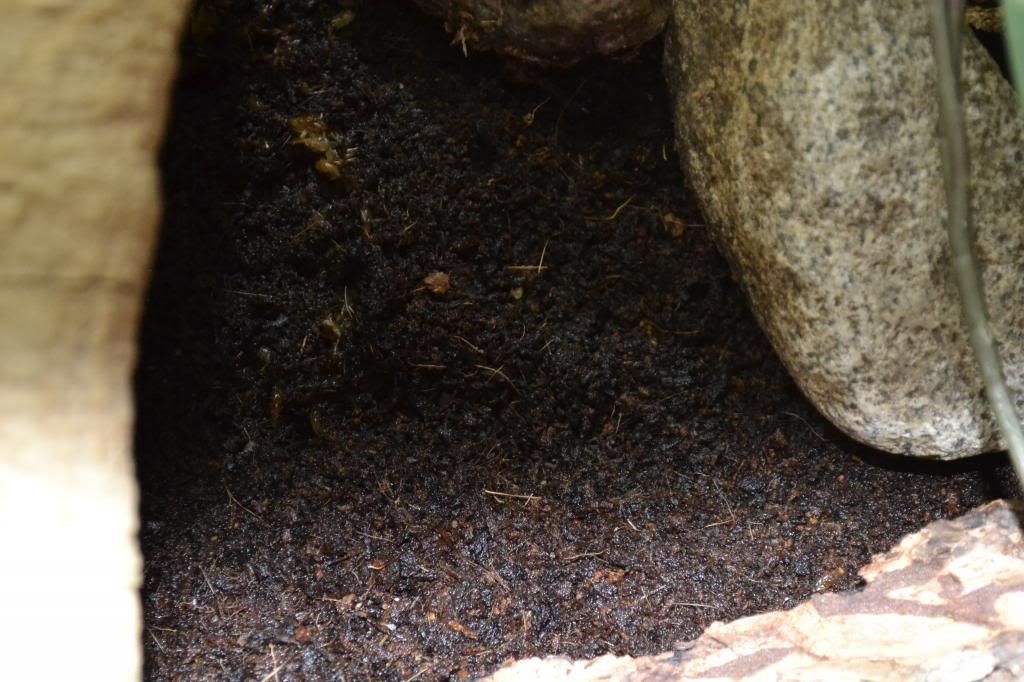
I love this substrate! It's a great media for high humidity environments. You can deposite your tropical and substropical plants directly into the substrate. It can hold burrows well when it is mixed with children's washed play sand. It also supports all four of the clean up crew bugs I've mentioned. Basically, the only thing I have to say against this substrate is that it gets dusty when it's too dry, and is therefore not an appropriate option for animals that can't handle humidity.
Sand/soil mix
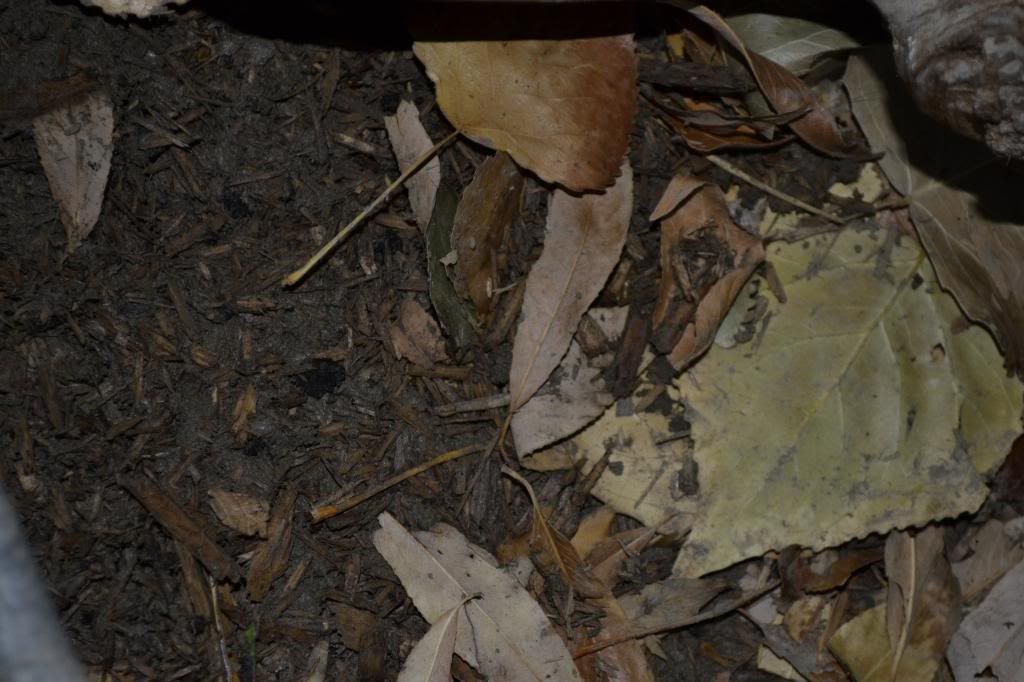
This is absolutely the best substrate mix for animals that burrow. Pictured here is a mixture that is roughly 60% Eco Earth, and 40% children's washed play sand. I also added a little bit of cypress bedding on top. Washed play sand is very important to use if you buy from the store. You can also dig your sand up from an area that you can be sure has no chemicals or glass in it. Eco Earth can be replaced with a 100% organic top soil, or dirt you dig up from a non chemical area. This sand mix holds humidity well, will support plants that don't require a lot of nutrients, and will support all of your clean up crew bugs.
Cypress
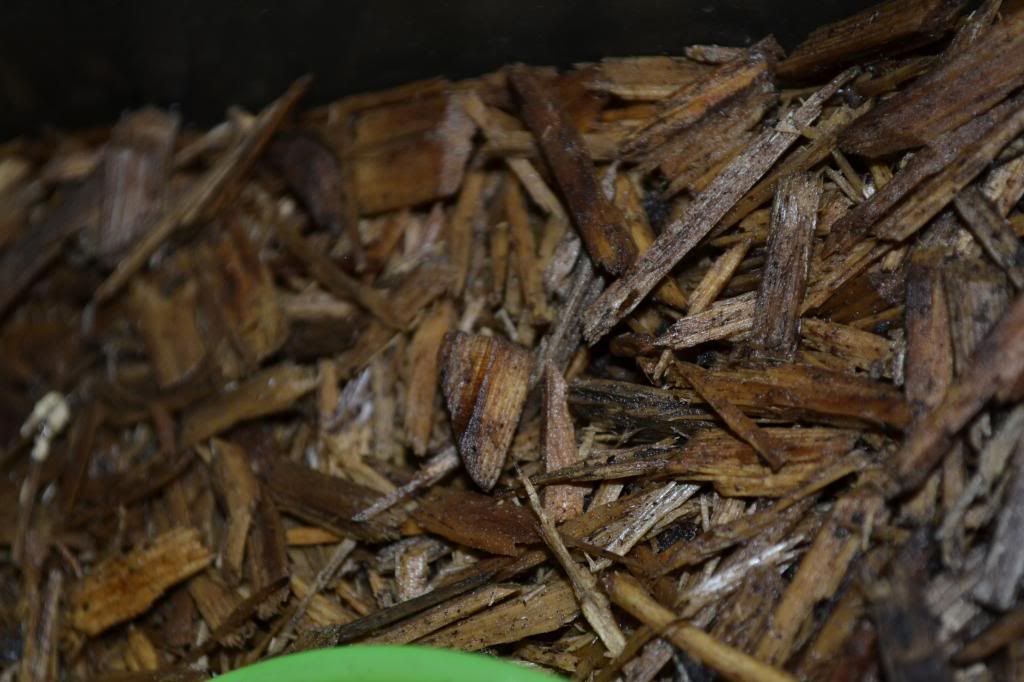
Cypress is a substrate that holds a lot of moisture. It's great for animals requiring a high level of humidity. The down side is that you can't add plants directly into it, and it doesn't hold a burrow. Worms will not thrive in an enclosure where the main substrate is cypress. It's also not very natural. I use it for a few of my animals to increase humidity by placing it on top of other substrate. On the plus side, it does support springtails and wood mites very well. It's important to make sure that any cypress you introduce to your animals is either 100% organic cypress or cypress bedding. Many mulches contain other additives that may not be healthy for your animal.
Top soil
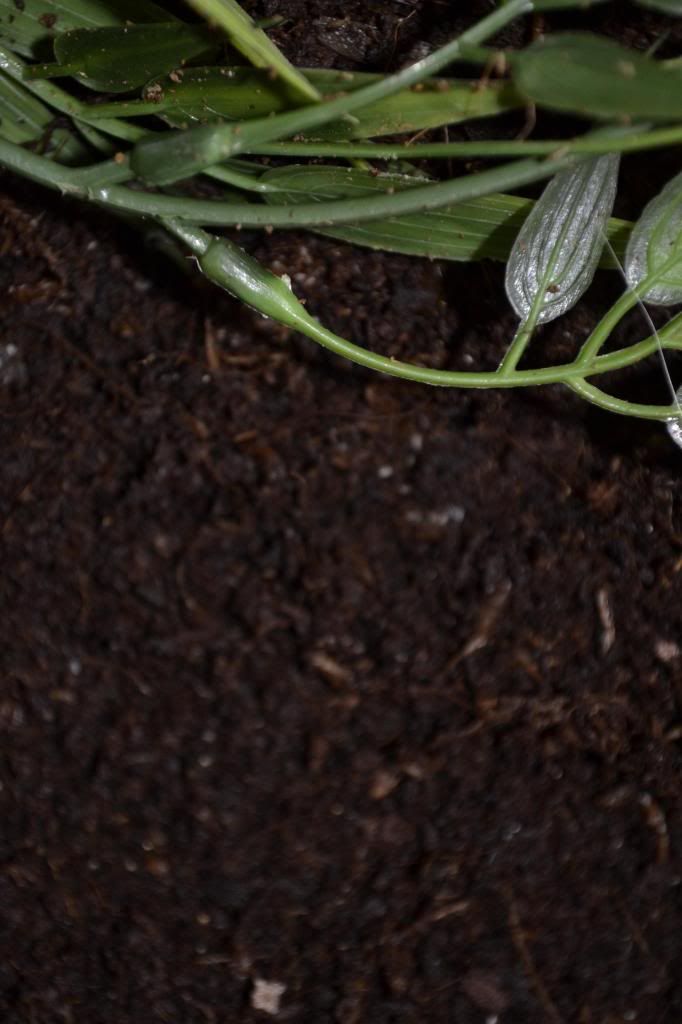
Top soil will support your clean up crew well. It's a nice substrate for animals who require a medium amount of humidity, and it supports live plants. Top soil doesn't hold burrows very well, though, so it's best to use with animals that aren't prone to digging. Be careful that the top soil you use is 100% organic, not "organic from inorganic materials".
Repti Bark
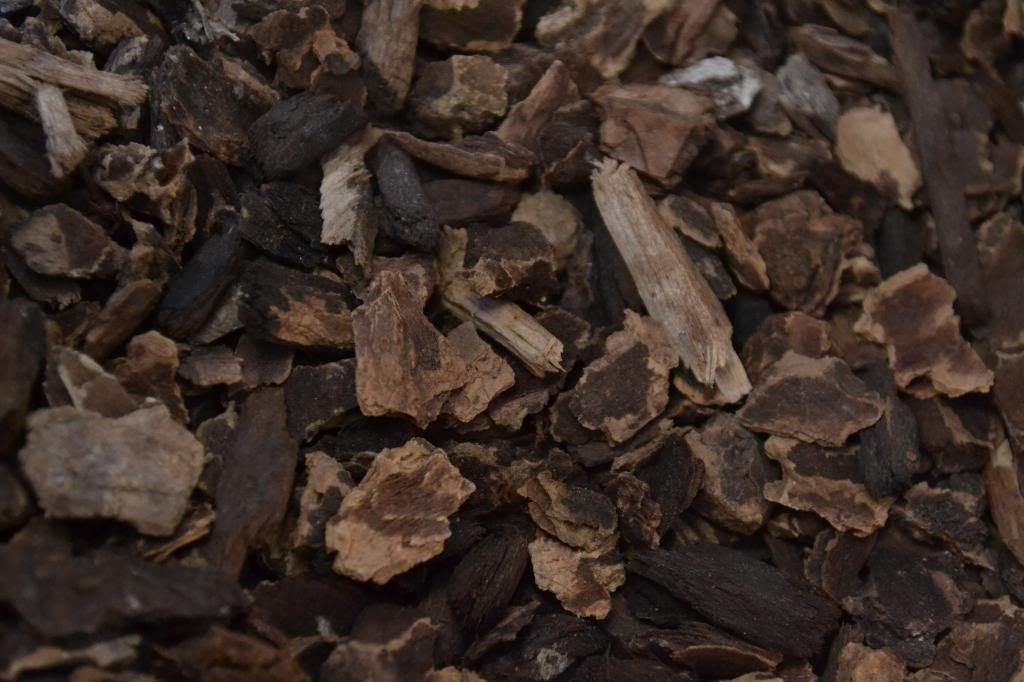
This is another non-natural substrate choice. It also doesn't hold plants directly in it, nor does it hold burrows or support worms. It does support springtails and wood mites, though. I use this substrate because it can be used either moist or dry, depending on the environment you add them to. This is another substrate you can also add to the top of another to create more texture in an enclosure.
Dirt from outside
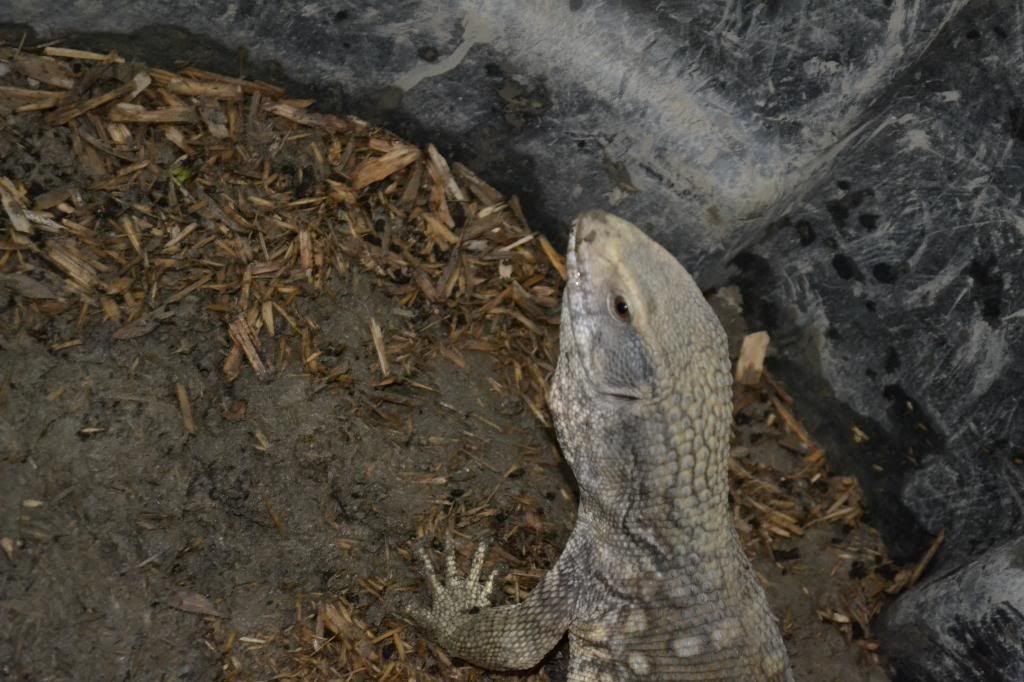
This can differ greatly from area to area. In my area, the dirt is really sandy. It takes a little more effort to get it to hold moisture, so it would be good for animals that require a medium to low humidity level. In the picture, you can see I have added some cypress. This was actually to transfer springtails over from one enclosure into this one. On the plus side, my dirt can support plants with lower nutritional needs and holds a burrow phenomenally. It also supports all of my clean up crew, and my Dubia roaches love it. Be sure it is taken from an area that has no chemicals in it.
Leaf litter
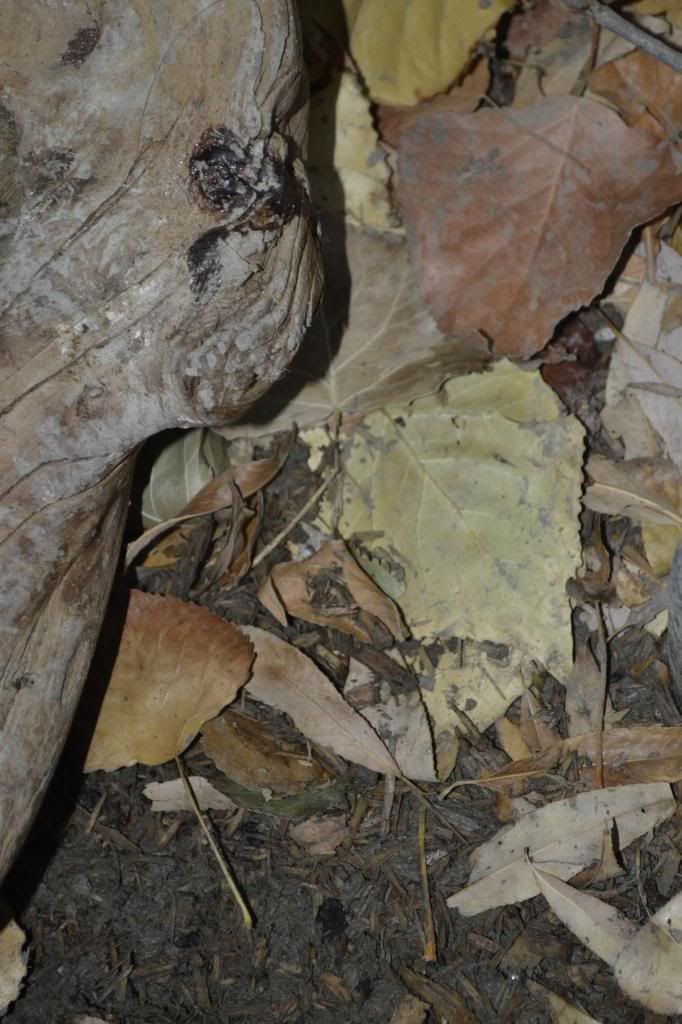
Leaf litter is a very important additive to any bio-active enclosure. It isn't a substrate on its own, but when added on top of a substrate or mixture of substrates, it has many benefits. Leaf litter houses many bugs that aid in clean up. Bringing leaf litter in from outside will actually help you bring these bugs into your enclosure. Leaf litter also helps to hold humidity for enclosures that need to be more moist. On top of that, it creates a wonderful natural hiding spot for your animals. As with other media taken from outside, it's important to make sure that your leaf litter is from a chemical free area.
The only down side to bio-active substrates are that it can sometimes take a while to establish your clean up colonies.
Obviously, the benefits of a bio-active enclosure are incredible. You never have to worry about cleaning. It creates a very healthy environment that is virtually odor free. I've had people come into my house who have never been around reptiles and not notice a smell, and I have dozens of reptiles. Bio-active enclosures have been proven to have a lower level of nitrates than animals kept on non-particle substrate without the use of harsh cleaning chemicals. They work for all reptiles, because reptiles in the wild are naturally a part of an eco-system. A bio-active enclosure is an eco-system on a miniature level. You also don't need to worry about the bugs getting out, because they prefer to stay in their environment.



